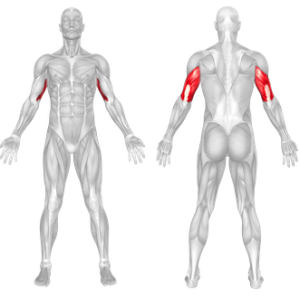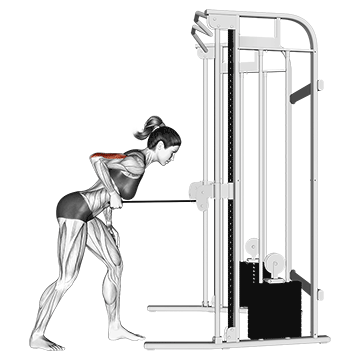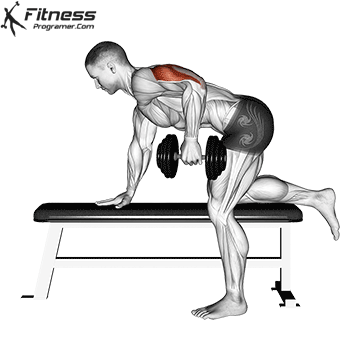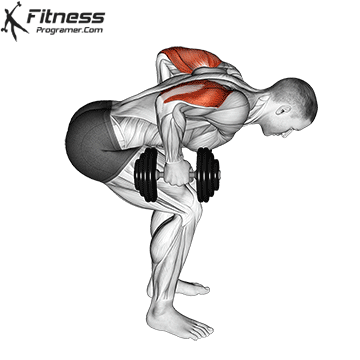Overview
The cable tricep kickback is a resistance exercise that involves extending the arm backward against the resistance of a cable machine. It primarily works the triceps, improving arm strength and muscle tone. This exercise is an excellent alternative to free-weight triceps exercises, as the cable machine ensures a smooth, controlled movement with continuous tension.
How to Perform the Cable Tricep Kickback:
Setup:
- Attach a single-handled attachment to the pulley of the cable machine.
- Select an appropriate weight that allows controlled movement.
- Stand facing the machine, grab the handle with an underhand grip, and take a step back.
- Hinge forward slightly at the hips, keeping your back straight and core engaged.
- Keep your upper arm parallel to your torso with your elbow bent at 90 degrees.
Execution:
- Extend your arm straight back by fully straightening your elbow while keeping your upper arm stationary.
- Squeeze your triceps at the top of the movement.
- Slowly return to the starting position with control, allowing your elbow to bend again.
- Repeat for the desired number of repetitions and switch arms if performing single-arm kickbacks.
Repetitions and Breathing:
- Perform 10 to 15 reps per set.
- Inhale as you return to the starting position and exhale as you extend your arm backward.
Tips for Proper Form:
- Keep your upper arm stationary to maximize triceps engagement.
- Avoid using momentum; focus on controlled movements.
- Maintain a slight bend in your knees for stability.
- Engage your core to prevent excessive swaying.
- Use a lighter weight to ensure proper technique before increasing resistance.
Common Mistakes:
- Swinging the Arm: Reduces triceps activation and turns the movement into a momentum-based exercise.
- Using Too Much Weight: Leads to poor form and reduces effectiveness.
- Not Extending Fully: Limits triceps activation and reduces range of motion.
- Rounding the Back: Causes unnecessary strain on the lower back.
- Holding the Handle Incorrectly: Gripping too tightly can create forearm fatigue before the triceps are fully worked.
Benefits of the Cable Tricep Kickback:
- Targets All Three Triceps Heads: Strengthens the long, medial, and lateral heads for balanced development.
- Constant Tension: The cable provides continuous resistance, making it more effective than free weights.
- Improves Arm Definition: Helps tone and sculpt the triceps, reducing the appearance of flabby arms.
- Enhances Pressing Strength: Supports improvements in exercises like the bench press and shoulder press.
- Reduces Injury Risk: A controlled movement with cables minimizes joint strain.
- Balanced muscle development: As a unilateral exercise, it works each arm separately, promoting muscle symmetry and ensuring equal arm development.
- Great for All Fitness Levels: Can be modified by adjusting weight or grip style.
How to Include It in Your Routine
- As an Isolation Exercise: Perform 3-4 sets of 10-15 reps at the end of your arm workout.
- Paired with Compound Movements: Combine with dips or close-grip bench presses for triceps growth.
- As Part of a Superset: Pair with bicep curls for a complete arm workout.
- Used in High-Rep Training: Perform lighter weight for 12-15 reps to focus on endurance and muscle tone.
Cable Tricep Kickback Muscles Worked




